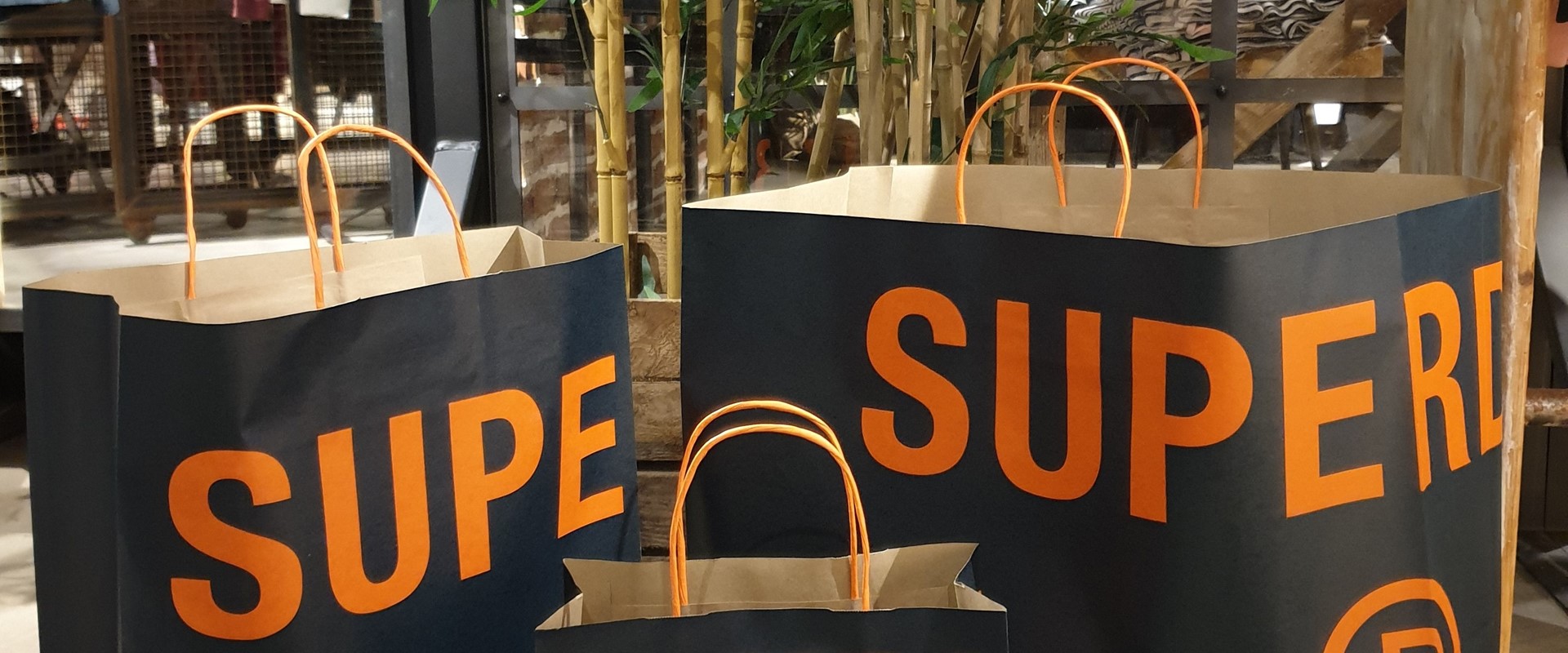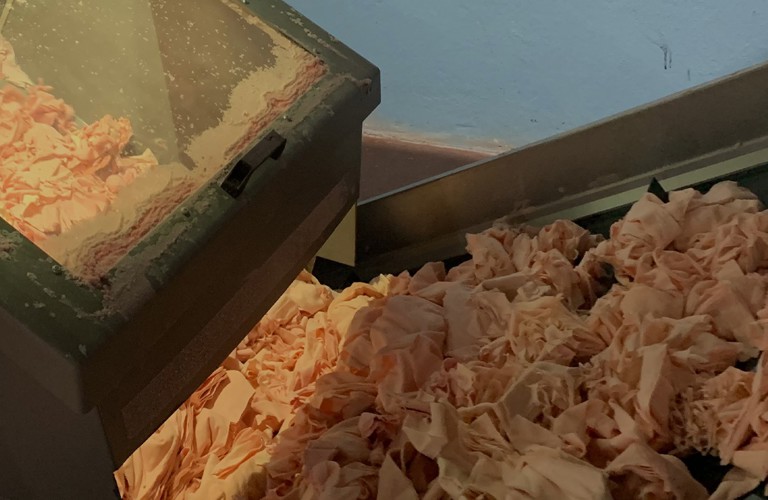
Move to Net Zero
Zero waste packaging
Waste has become a resource. This is something we are starting to see today through innovations in our business and supply chains.
We know zero is no easy feat, but we continue to work to reduce our impact from waste - whether we are talking about packaging or garments. Through our targets we intend to reduce, recycle or repurpose our waste, into a resource.
To do this we focus on where we can have a direct impact operationally, and where we are able to influence change through sustainably sourced raw materials and supply chains.
We follow the waste hierarchy, and implement effective waste management and recycling facilities, to identify opportunities to reduce waste, reuse it, recycle it or recover energy from it across our offices and stores, and work with our third-party partners who operate our distribution centre's to do the same.
With our tribe of ‘Sustainability Warriors’ who cover all global functions, we will continue to listen and challenge ourselves to identify opportunities to eliminate and repurpose waste.
Some packaging is essential for getting products to our stores and customers in good shape. But it creates waste and uses valuable resources unless designed and reused in a circular way.
We are committed to convert all packaging to recyclable, reusable, or compostable by 2025.
We're already 99% of the way there and are pushing to convert the balance.
In 2019, Superdry became a signatory to the ELLEN MACARTHUR FOUNDATION’S (EMF) ‘NEW PLASTICS ECONOMY’ GLOBAL COMMITMENT aimed at championing ‘Elimination’, ‘Innovation’ and ‘Circulation’ to ensure plastics never become waste or pollution.
We have already made significant progress towards our targets:
- By 2025, we will only use packaging where necessary, with 100% of the packaging we must use being reusable, recyclable or compostable.
- By 2025, we will move from single use to reuse models where possible, supporting a closed loop economy whereby all our plastic packaging contains a minimum of 70% recycled content by 2025.
In FY23, we increased the volume of our packaging that was recyclable, reusable or compostable from 98% to 99%, and will continue to remove, reduce and convert the remaining 1% in line with our 2025 targets. Our main focus here is on moving from unrecyclable plastics to recyclable paper alternatives and supporting practical recycling mechanisms for where we do still use plastics. In FY22 we reduced our total plastic use by 37% by substituting our plastic ecommerce bag for a paper alternative.
In FY22 the average level of recycled content within our plastic packaging is 51%, which is driven mostly by our use of polybags. In FY23 we did a stage roll out of 100% RCS polybag. This was due to partnering with a new polybag manufacturer who offers a closed loop recycling process where they collect our old polybags. Enabling us switch from 70% recycled content (certified by Recycled Content Standard [RCS]) to 100% recycled content and removing even more virgin plastic this year. Already in FY23 we have taken a step further be expanding the closed loop recycling system into Europe.
In FY23 we also removed the last remaining use of plastic hangers - our women's swimwear - either removing completely or converting to a lower impact, recyclable paper hanger. This avoided the use of over 2 tonnes plastic each year.
You can read more about our commitment to the EMF New Plastics Economy in our latest report HERE.
We also support the move towards a zero-deforestation future by championing circularity in our packaging and using recycled materials where possible. Where virgin fibres are needed to create the most sustainable packaging, we will move to FSC sourced paper.
We are making progress here throughout the year and provide updates in our SUSTAINABLE STORIES.
New lightweight paper bags
In 2020-21 we introduced updated, rebranded, lightweight and recyclable ecommerce and retail bags as part of our sustainable brand reset.
We buy around 8 million retail bags per year which are made from 100% FSC Recycled certified paper, and send out more than 5 million individual ecommerce parcels to our customers in 100% FSC certified paper bags.
In FY23 we reduced the weight of our ecommerce paper bags by 25% (reducing 35 tonnes paper each year) but still balancing function and sustainability to ensure our products reach their new home in good shape, in packaging that is easily recyclable, and reduces its carbon footprint by up to 60%.

